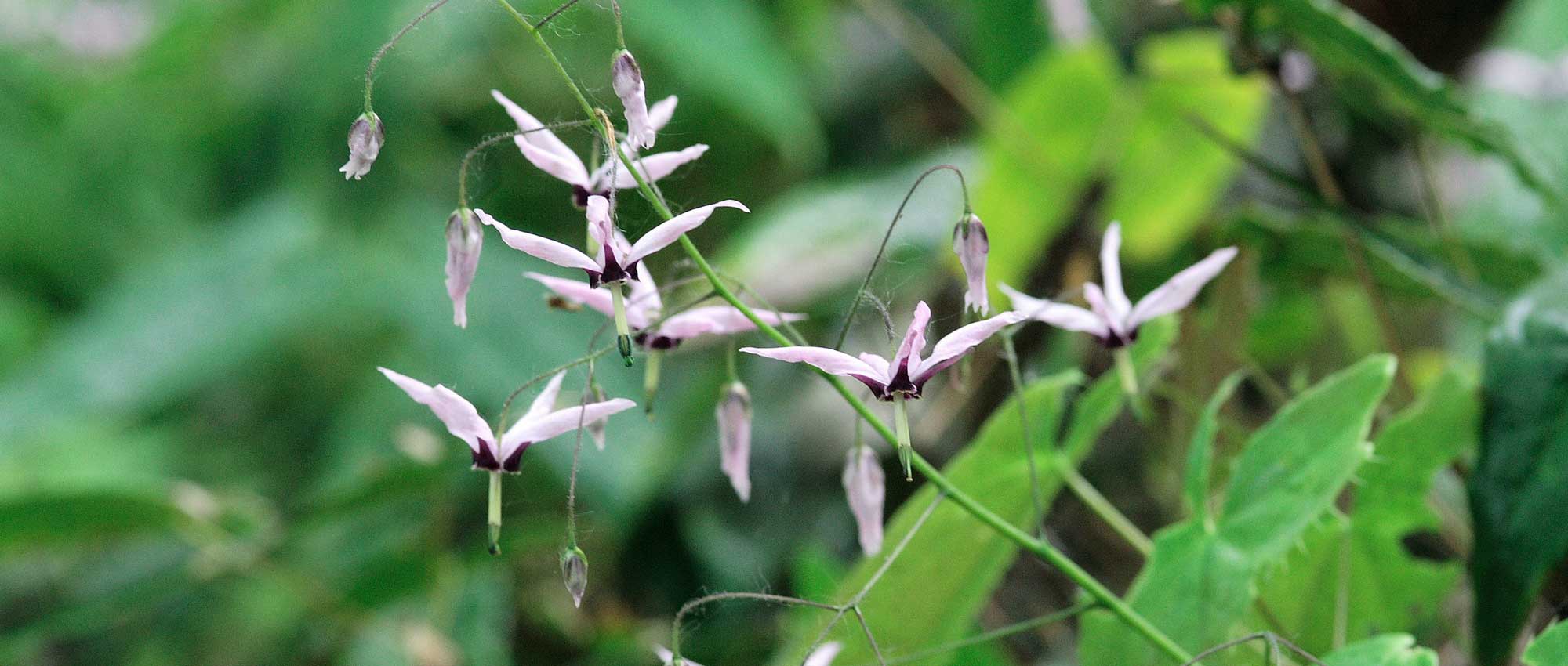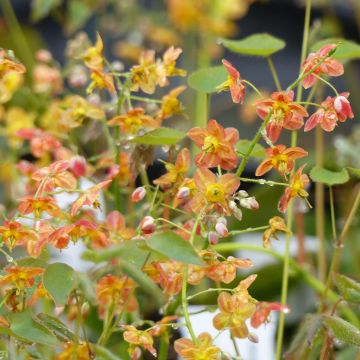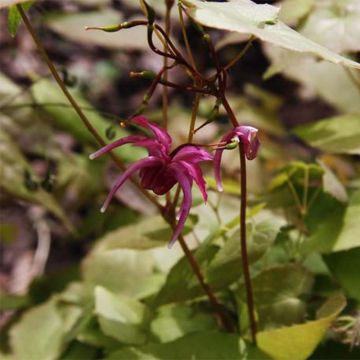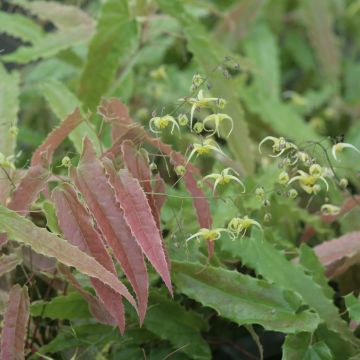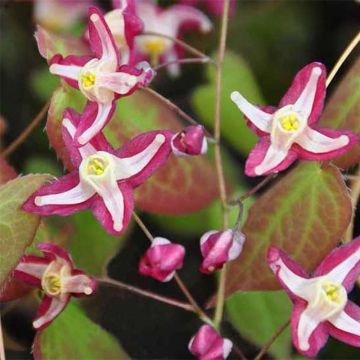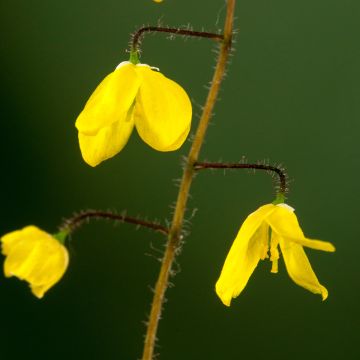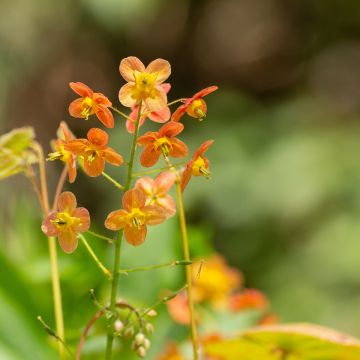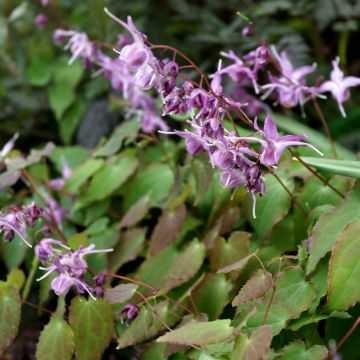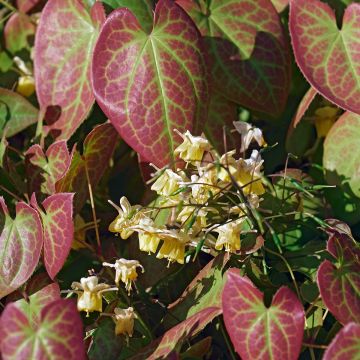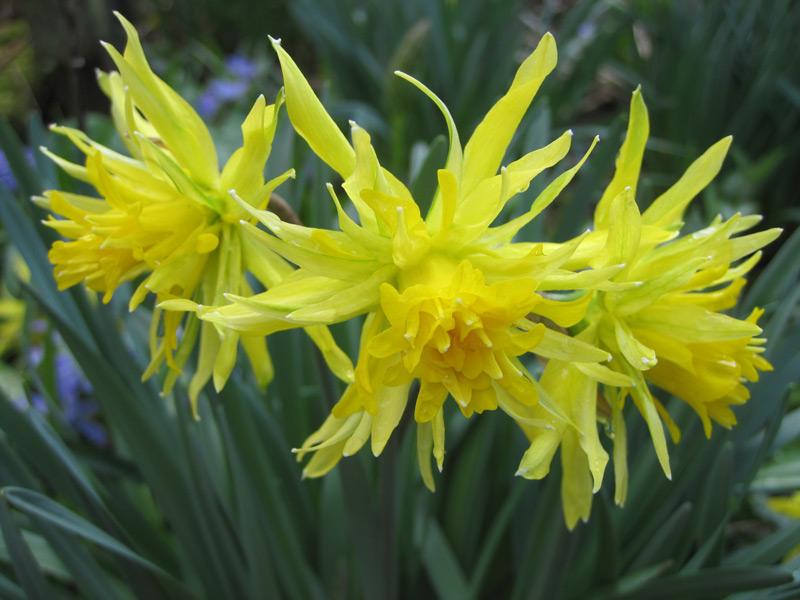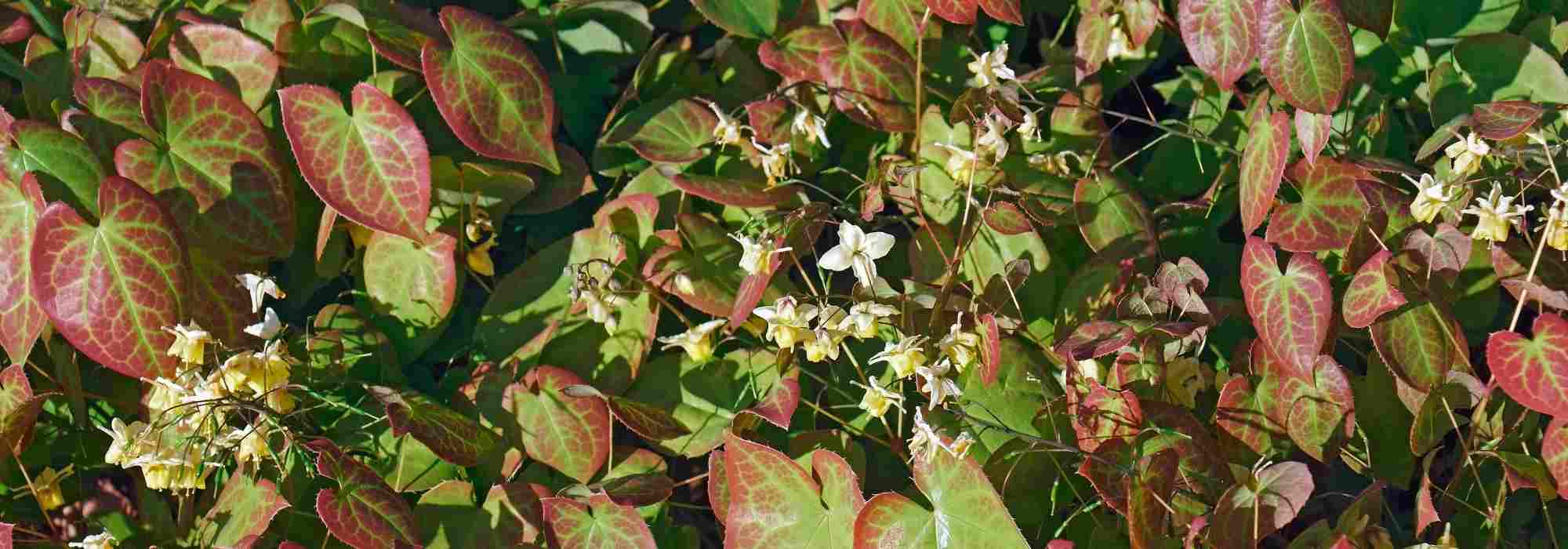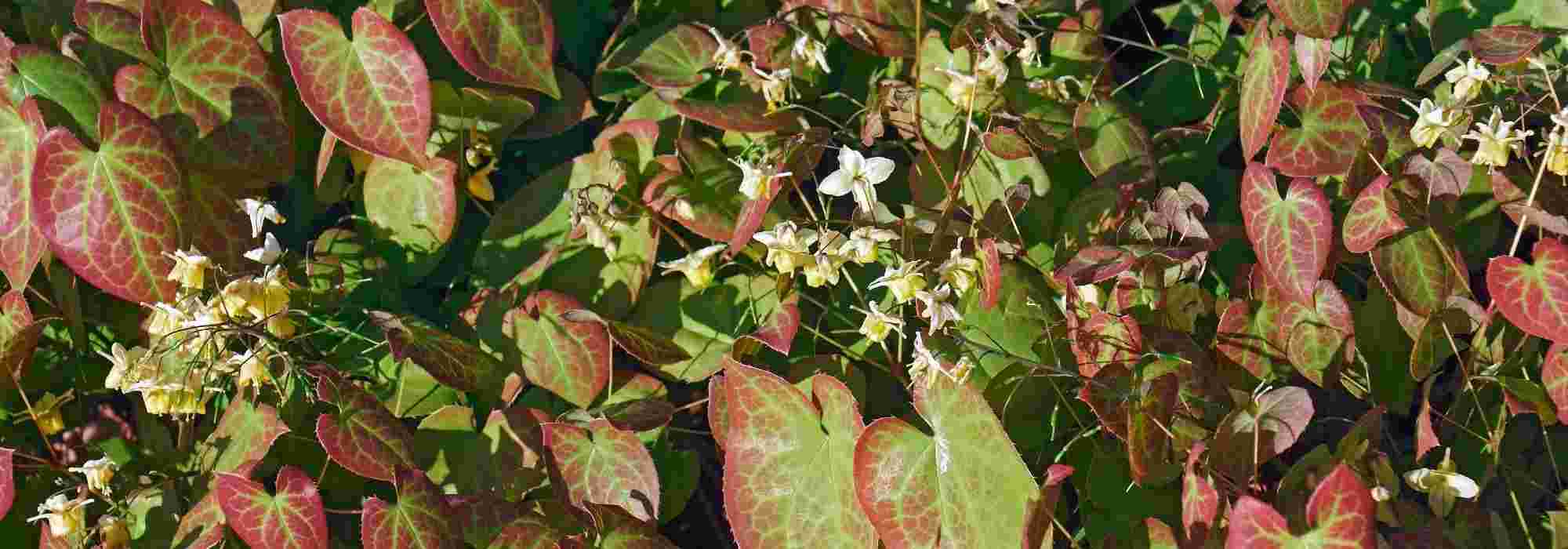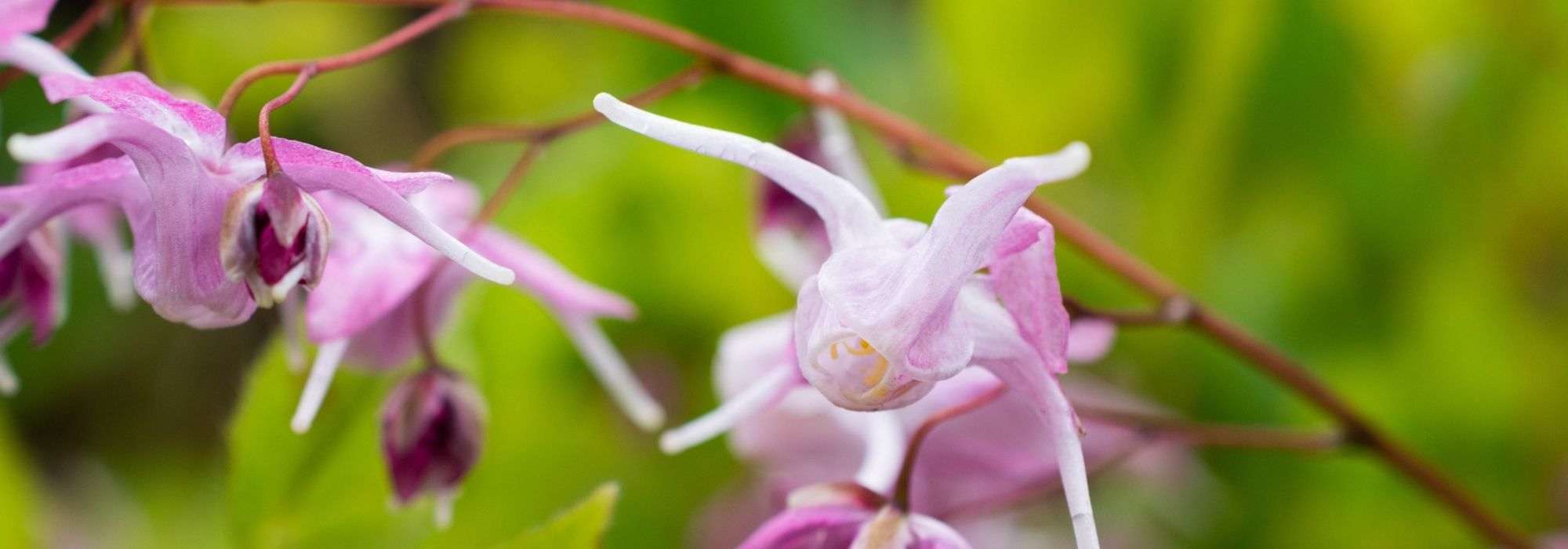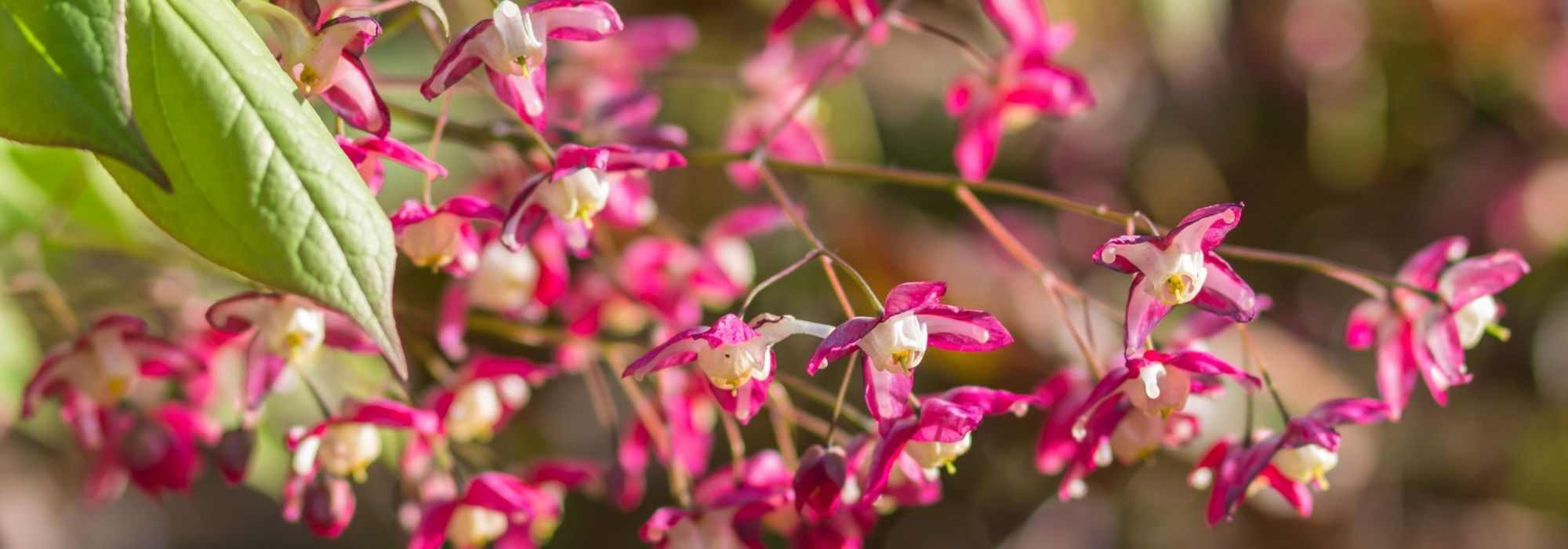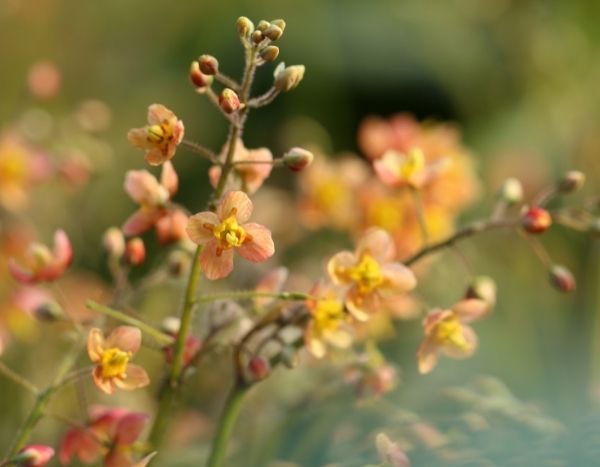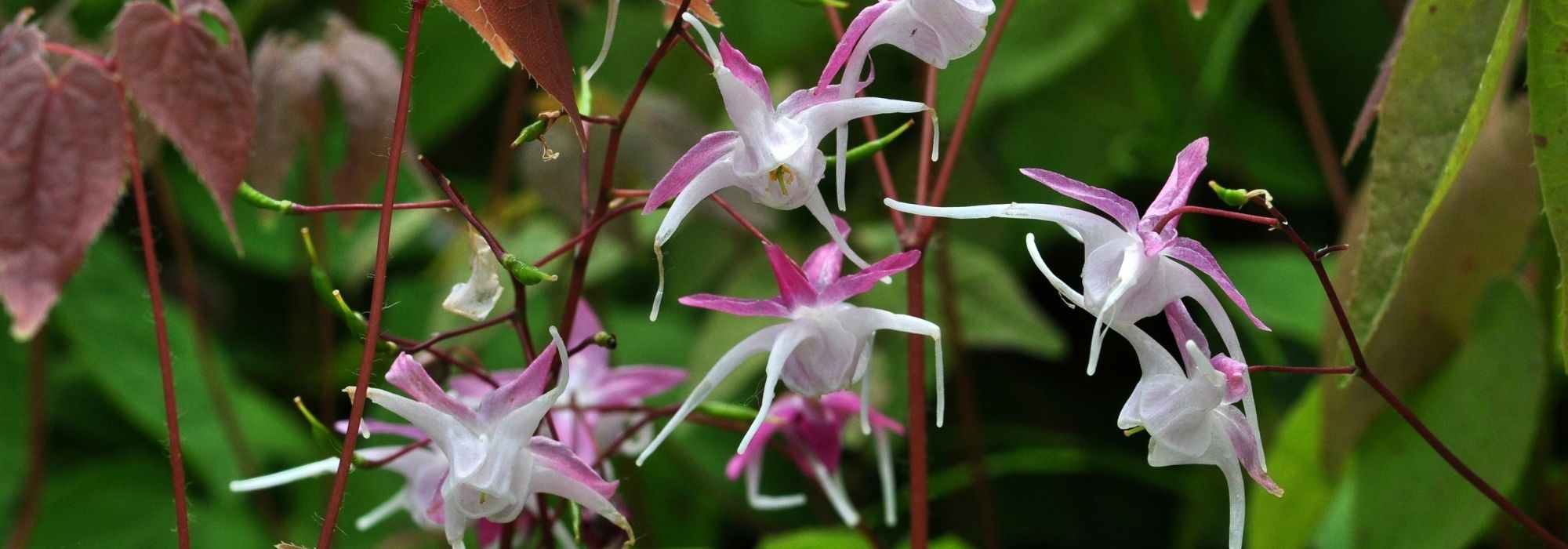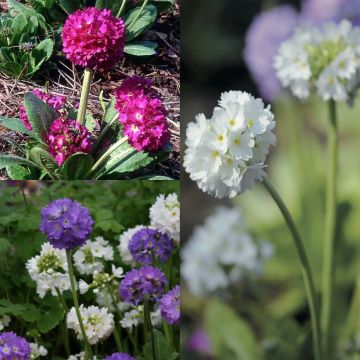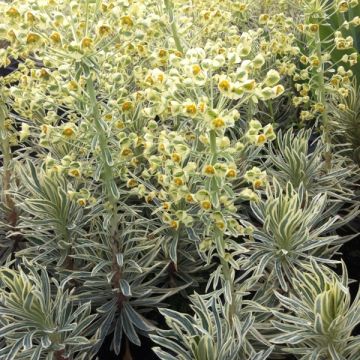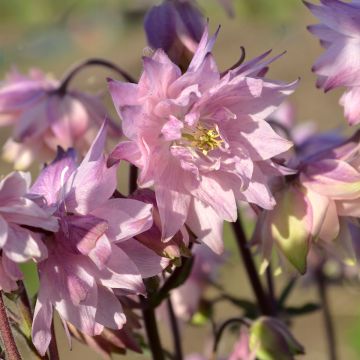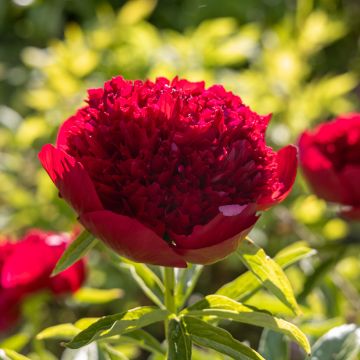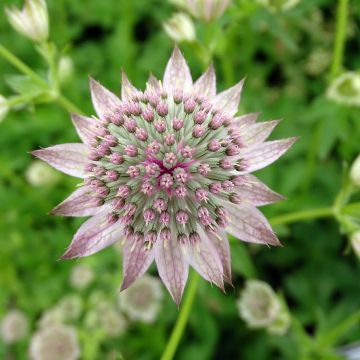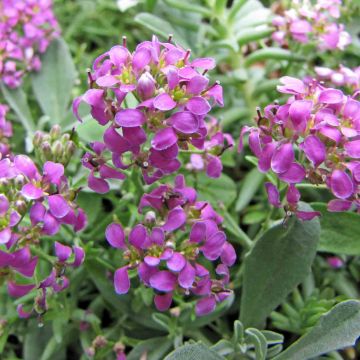

Epimedium perralderianum - Barrenwort
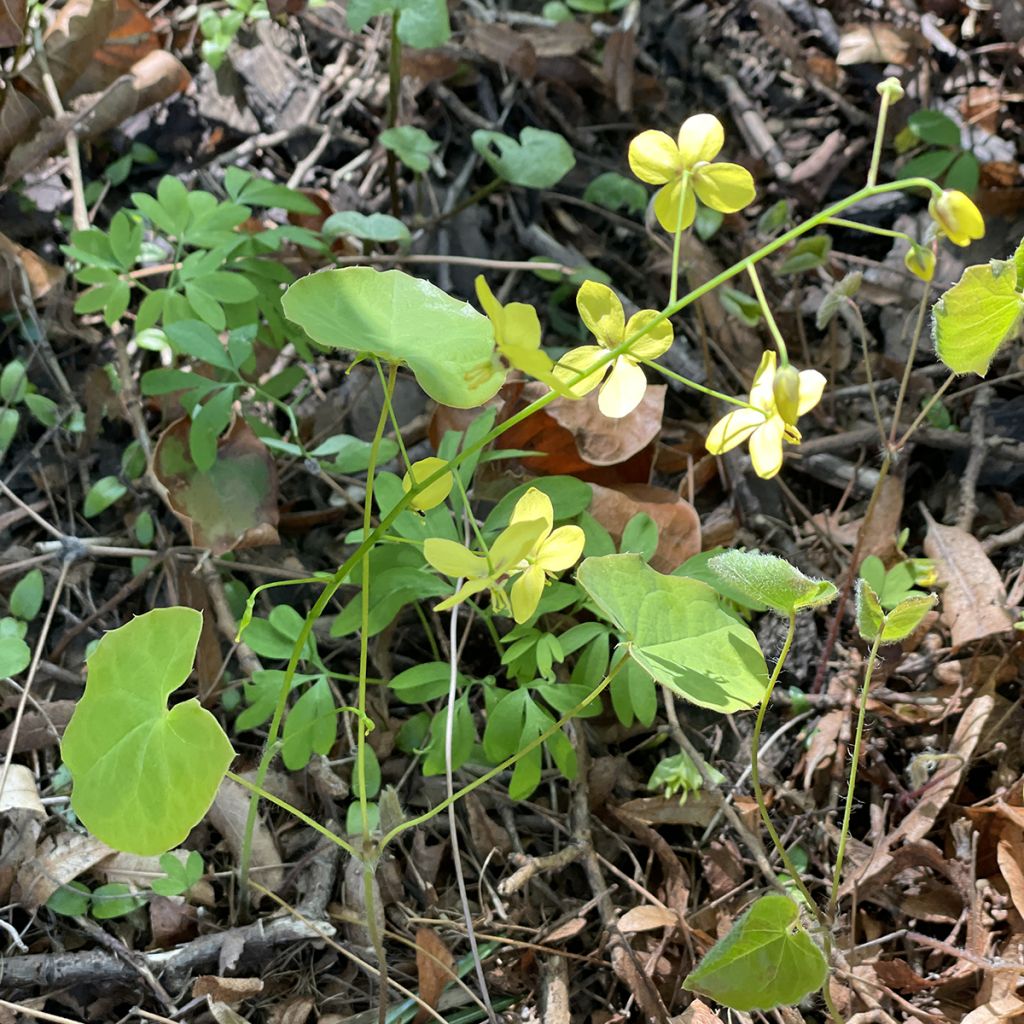

Epimedium perralderianum - Barrenwort
Epimedium perralderianum - Barrenwort
Epimedium perralderianum
Barrenwort
Special offer!
Receive a €20 voucher for any order over €90 (excluding delivery costs, credit notes, and plastic-free options)!
1- Add your favorite plants to your cart.
2- Once you have reached €90, confirm your order (you can even choose the delivery date!).
3- As soon as your order is shipped, you will receive an email containing your voucher code, valid for 3 months (90 days).
Your voucher is unique and can only be used once, for any order with a minimum value of €20, excluding delivery costs.
Can be combined with other current offers, non-divisible and non-refundable.
Home or relay delivery (depending on size and destination)
Schedule delivery date,
and select date in basket
This plant carries a 12 months recovery warranty
More information
We guarantee the quality of our plants for a full growing cycle, and will replace at our expense any plant that fails to recover under normal climatic and planting conditions.
Would this plant suit my garden?
Set up your Plantfit profile →
Description
Epimedium perralderianum is a plant native to North Africa that deserves to be planted more often in gardens. It is a vigorous, very floriferous groundcover, evergreen in winter, cold-resistant, comfortable in both sun and dry shade. It bears large glossy leaves beautifully tinged with bronze in spring, from which spring flowers appear which are a very bright yellow in colour. This plant is a good solution for vegetating dry shade under large trees.
Belonging to the Berberidaceae family, Epimedium perralderianum is the only species native to the African continent, more specifically to the mountain range of Babors in Kabylia. In nature, it is found in forests of Afar oak and Atlas cedar, between 1200 and 1300 m (3937 and 4265ft) altitude. It is a plant with running rhizomes, of vigorous growth. It eventually forms a very dense persistent carpet that will measure about 30 cm (12in) in height when flowering. The flowering takes place from March to May depending on the climate. Floral panicles emerge from the carpet of leaves. Each one carries 9 to 25 flowers measuring 1.5 to 2.5 cm (1in) long. Each flower is composed of greenish outer sepals, yellow inner sepals, yellow petals with a small brown spur. Bent towards the ground, it resembles a columbine. These flowers are perched on graceful stems. Its semi-evergreen foliage does not disappear during normal winters. It consists of large basal leaves measuring up to 6.5 cm (3in) long and 5.5 cm (2in) wide, divided into 3 ovate leaflets, slightly leathery, undulate at the edges, dentate, deeply cordate, tinged with bronze when young. Their colour is a fairly dark green in summer and they often turn bronze to brown with the arrival of autumn.
This Epimedium tolerates the root competition from other plants well, and can easily be used around the base of trees and bushes. A plant of light woodland, it tolerates light sunlight (in not too dry soil) and proves hardy to at least -15°C (5°F). Epimedium perralderianum adapts to almost all soils, even dry and rocky ones, which allows it to be planted in a shaded rockery. It is a perfect plant to effectively cover and flower difficult areas, but it would be a shame to confine it to the role of utilitarian groundcover: accompanied by liverworts, Hellebores, Ferns, Cyclamen, Foxgloves, it can create a beautiful scene in light shade.
Epimedium perralderianum - Barrenwort in pictures


Flowering
Foliage
Plant habit
Botanical data
Epimedium
perralderianum
Berberidaceae
Barrenwort
North Africa
Other Epimedium - Barrenwort
View all →Planting and care
Epimedium perralderianum preferably grows in shade or partial shade, but it also tolerates sunlight in soils that do not dry out too much in summer. It is ideally planted in a soil that is neither too acidic nor too chalky, but is loose and well-prepared.
An understorey plant, it particularly likes humus-rich soils, so an annual compost addition will be welcome. However, this plant easily adapts to any type of ordinary soil enriched with compost and can even grow in quite rocky soils. It also copes well with the competition from the roots of trees or bushes.
Once established, which sometimes takes a little time and requires protection from adventives and following watering during the first year, Epimedium perralderianum withstands summer drought well (in shade). Its maintenance consists of removing the withered foliage from the previous year at the end of winter before the flowers appear.
Planting period
Intended location
Care
Planting & care advice
This item has not been reviewed yet - be the first to leave a review about it.
Similar products
Haven't found what you were looking for?
Hardiness is the lowest winter temperature a plant can endure without suffering serious damage or even dying. However, hardiness is affected by location (a sheltered area, such as a patio), protection (winter cover) and soil type (hardiness is improved by well-drained soil).

Photo Sharing Terms & Conditions
In order to encourage gardeners to interact and share their experiences, Promesse de fleurs offers various media enabling content to be uploaded onto its Site - in particular via the ‘Photo sharing’ module.
The User agrees to refrain from:
- Posting any content that is illegal, prejudicial, insulting, racist, inciteful to hatred, revisionist, contrary to public decency, that infringes on privacy or on the privacy rights of third parties, in particular the publicity rights of persons and goods, intellectual property rights, or the right to privacy.
- Submitting content on behalf of a third party;
- Impersonate the identity of a third party and/or publish any personal information about a third party;
In general, the User undertakes to refrain from any unethical behaviour.
All Content (in particular text, comments, files, images, photos, videos, creative works, etc.), which may be subject to property or intellectual property rights, image or other private rights, shall remain the property of the User, subject to the limited rights granted by the terms of the licence granted by Promesse de fleurs as stated below. Users are at liberty to publish or not to publish such Content on the Site, notably via the ‘Photo Sharing’ facility, and accept that this Content shall be made public and freely accessible, notably on the Internet.
Users further acknowledge, undertake to have ,and guarantee that they hold all necessary rights and permissions to publish such material on the Site, in particular with regard to the legislation in force pertaining to any privacy, property, intellectual property, image, or contractual rights, or rights of any other nature. By publishing such Content on the Site, Users acknowledge accepting full liability as publishers of the Content within the meaning of the law, and grant Promesse de fleurs, free of charge, an inclusive, worldwide licence for the said Content for the entire duration of its publication, including all reproduction, representation, up/downloading, displaying, performing, transmission, and storage rights.
Users also grant permission for their name to be linked to the Content and accept that this link may not always be made available.
By engaging in posting material, Users consent to their Content becoming automatically accessible on the Internet, in particular on other sites and/or blogs and/or web pages of the Promesse de fleurs site, including in particular social pages and the Promesse de fleurs catalogue.
Users may secure the removal of entrusted content free of charge by issuing a simple request via our contact form.
The flowering period indicated on our website applies to countries and regions located in USDA zone 8 (France, the United Kingdom, Ireland, the Netherlands, etc.)
It will vary according to where you live:
- In zones 9 to 10 (Italy, Spain, Greece, etc.), flowering will occur about 2 to 4 weeks earlier.
- In zones 6 to 7 (Germany, Poland, Slovenia, and lower mountainous regions), flowering will be delayed by 2 to 3 weeks.
- In zone 5 (Central Europe, Scandinavia), blooming will be delayed by 3 to 5 weeks.
In temperate climates, pruning of spring-flowering shrubs (forsythia, spireas, etc.) should be done just after flowering.
Pruning of summer-flowering shrubs (Indian Lilac, Perovskia, etc.) can be done in winter or spring.
In cold regions as well as with frost-sensitive plants, avoid pruning too early when severe frosts may still occur.
The planting period indicated on our website applies to countries and regions located in USDA zone 8 (France, United Kingdom, Ireland, Netherlands).
It will vary according to where you live:
- In Mediterranean zones (Marseille, Madrid, Milan, etc.), autumn and winter are the best planting periods.
- In continental zones (Strasbourg, Munich, Vienna, etc.), delay planting by 2 to 3 weeks in spring and bring it forward by 2 to 4 weeks in autumn.
- In mountainous regions (the Alps, Pyrenees, Carpathians, etc.), it is best to plant in late spring (May-June) or late summer (August-September).
The harvesting period indicated on our website applies to countries and regions in USDA zone 8 (France, England, Ireland, the Netherlands).
In colder areas (Scandinavia, Poland, Austria...) fruit and vegetable harvests are likely to be delayed by 3-4 weeks.
In warmer areas (Italy, Spain, Greece, etc.), harvesting will probably take place earlier, depending on weather conditions.
The sowing periods indicated on our website apply to countries and regions within USDA Zone 8 (France, UK, Ireland, Netherlands).
In colder areas (Scandinavia, Poland, Austria...), delay any outdoor sowing by 3-4 weeks, or sow under glass.
In warmer climes (Italy, Spain, Greece, etc.), bring outdoor sowing forward by a few weeks.






























